September 21, 2023
Boston, Massachusetts
Liberty Mutual Insurance, 175 Berkeley St, Boston, MA 02116
Prevention through Design Workshop 2023
Confirmed Keynote Speakers:
Jonathan A.Bach, PE, CSP, CIH
Safety Engineer
CDC/NIOSH
Donna S. Heidel, CIH, FAIHA
Principal Industrial Hygienist Risk Manager
Amazon
Daniel Lavoie, CSP, ARM
Technical Director – Construction & Energy
Risk Control Services
Liberty Mutual Insurance
Bob Moser, PE,CSP,RA
Manager of Health & Safety by Design
Jacobs
Manuel Tender
Adjunct Professor
ISLA/Polytechnic of Porto
Corey Wallace, PE, SET
Principal Engineer
Southland Industries
Continuing the Journey – Proven Strategies for Design & Execution
As part of the NIOSH-funded Prevention through Design (PtD) initiative, the fourth annual workshop on PtD will focus on regulation and proven strategies. The workshop will shed light on drivers and practices that have a proven positive impact on worker safety and project efficiency while propelling the momentum of the PtD journey forward. To this end, outstanding keynote speakers from academia and industry will share their vision, knowledge, and experiences with the attendees. During the workshop, participants will explore the need and implications of PtD legislation during breakout sessions facilitated by PtD experts, coupled with ample networking opportunities. Thus, the 2023 PtD workshop will continue the discourse from previous workshops, building on the ‘what’ and ‘how’ of PtD, and moving towards tangible recommendations for action. Through sharing novel research, proven strategies, and successful case studies, the workshop aspires to drive a deeper understanding and broader implementation of PtD principles, with the ultimate goal of reducing construction-related accidents, morbidity, and fatalities.
The 2023 PtD workshop is a high-value platform for industry professionals and academics to engage in vital PtD discussions. Its overarching goal is to harmonize research, practice, and education, fostering the incorporation of PtD into US college programs and thereby promoting safer construction environments across the board.


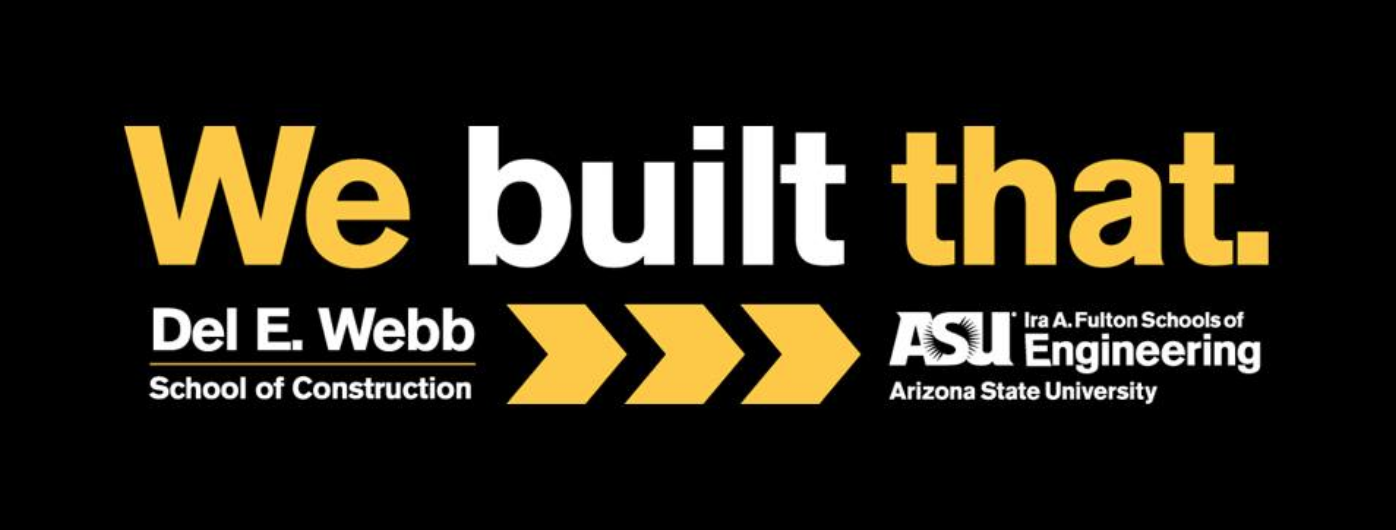

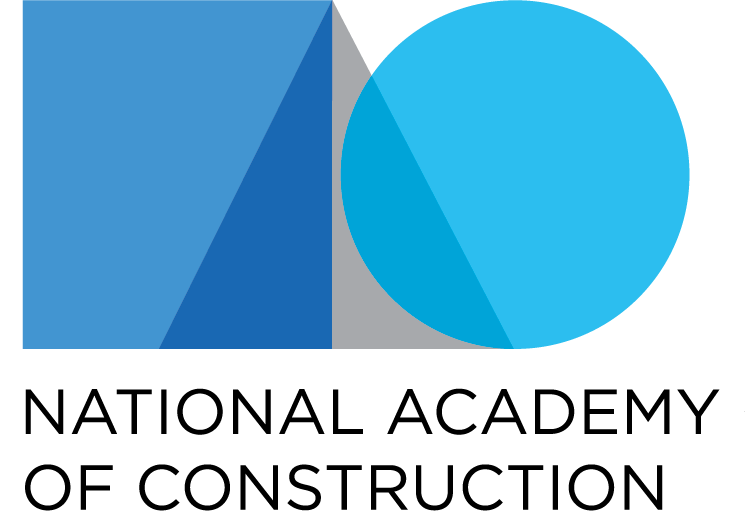
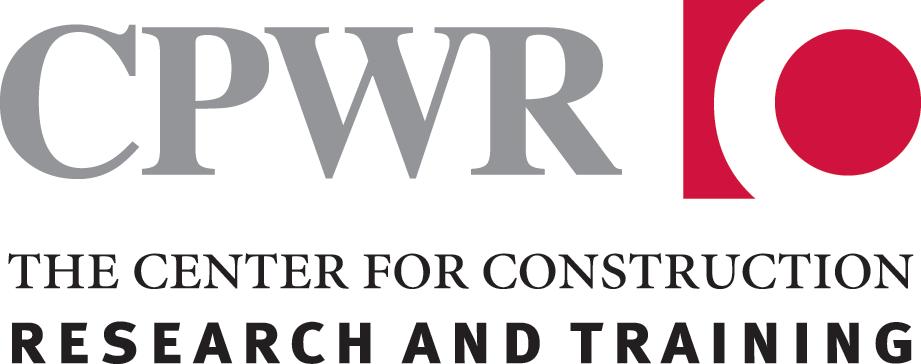
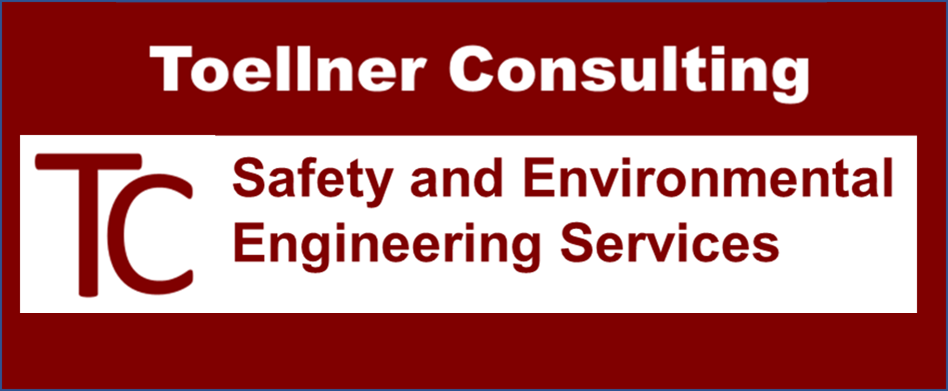

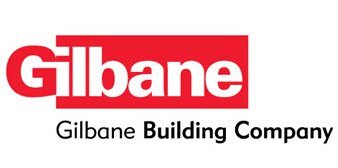
NIOSH-award #1 R13OH011707-01-00
Keynote Presentations
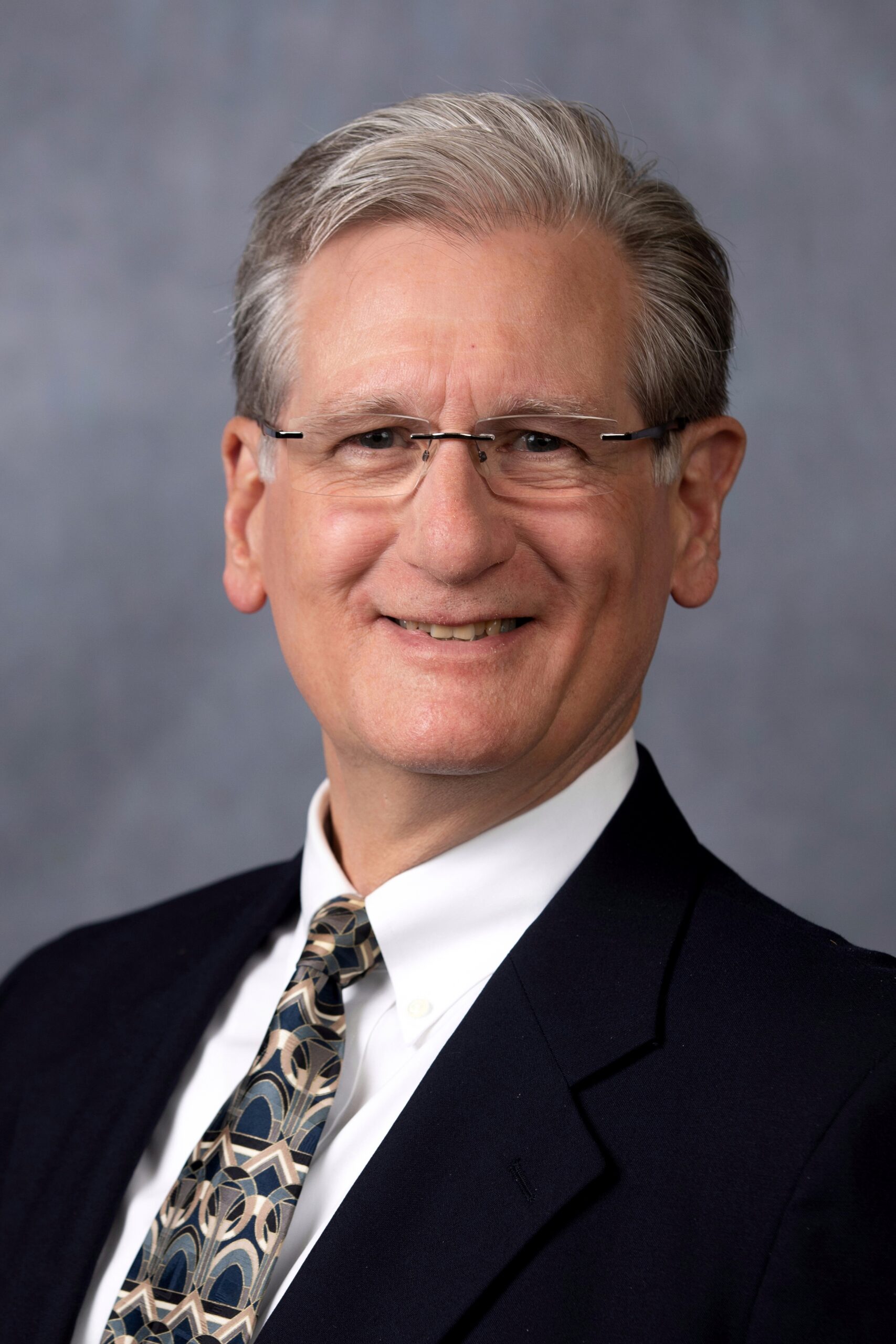
Jonathan A. Bach, PE, CSP, CIH
Safety Engineer
CDC/NIOSH Prevention through Design
NIOSH Prevention through Design (PtD) Program
Prevention through Design applies to all ten industry sectors, with design and construction being a common element to every sector. The latest in products, partnerships, and plans for the NIOSH PtD program office will be summarized in this session. PtD is advancing remarkably in design and construction, with research, education, policy, and practice taking important strides for both worker and business success. This briefing will answer the question: “So What?” – and attempt to set the stage for a remarkable day of presentations on the real-world advances of Prevention through Design.
Short Bio
Mr. Bach is a professional engineer serving at the National Institute for Occupational Safety and Health, NIOSH, as the coordinator for the Prevention through Design (PtD) program. He is certified in industrial hygiene and safety. After gaining his engineering degree at Syracuse University, Mr. Bach served as an active duty Bioenvironmental Engineering officer with the U.S. Air Force in Colorado, Turkey, Italy, and Pennsylvania. In 2002 he became a regional industrial hygiene manager for Naval Healthcare New England. In 2004 Mr. Bach moved to Germany to serve with the U.S. Army Corps of Engineers as an environmental project manager and the industrial hygienist for European operations. In 2007, Mr. Bach became the overall Health and Safety Manager for the Army Corps of Engineers in Europe. From 2014 to this date, Mr. Bach’s work has focused on PtD with NIOSH.
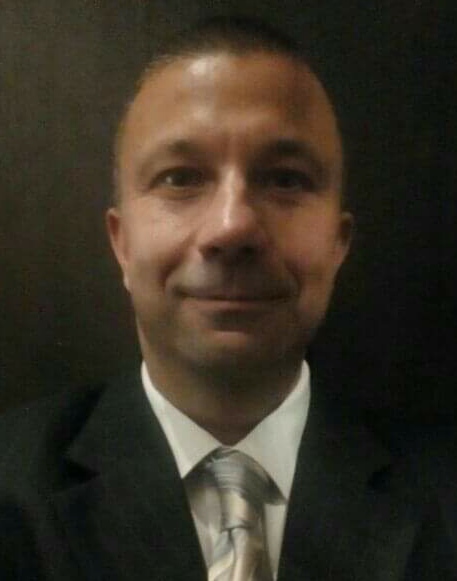
Manuel Tender
Adjunct Professor
ISLA/Polytechnic of Porto
Central Repository to Monitor the Status of BIM Implementation for OSH
BIM, in recent years, has led to a step change in dealing with Occupational Safety and Health (OSH) risk management, and it is now confirmed that it can optimize the management of risks and costs of accidents at work and occupational diseases. Understanding the way OSH management can be improved using BIM is important as new methodologies need to be created and existing procedures adopted. Currently, there is no formal mechanism to monitor trends and dynamics in the use of BIM for OSH, and there is also no centralized sharing mechanism where lessons learned can be shared. Digital4OSH is a research group comprised of multidisciplinary academics and industry partners whose aim is to develop an Observatory to overcome these gaps. The Observatory would be built on a web-based platform to obtain: 1)statistical longitudinal OSH data about the progress of implementation of BIM for OSH; 2) to capture, centralize, and share lessons learned from previous projects; 3) to create a repository of technical and scientific information
Short Bio
Manuel Tender – Ph.D. in Civil Engineering, Post-Doctoral Researcher in BIM for Occupational Safety and Health; Post-Graduations in Safety Engineering and BIM. Safety and Health Construction Coordinator in major projects, Adjunct Invited Professor at ISLA-Polytechnic Institute of Management and Technology and ISEP Polytechnic of Porto – School of Engineering, and Lead Researcher of Digital4OSH. Has 25 years of experience in the sector of Safety Management and Coordination. Coordinator of the Task Force “Safety and Health” of Technical Commission 197 (BIM). Senior and Specialist Member (Safety at Construction Work) of the Engineers Association. Published two books, 20 book chapters, and 30 papers in journals and conferences.
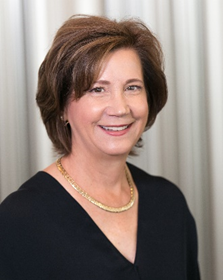
Donna S. Heidel, CIH, FAIHA
Principal Industrial Hygiene Risk Manager
Amazon
Applying PtD Concepts to Industrial Hygiene Hazards
Industrial hygiene risk is determined by measuring personal exposures to a health hazard and comparing the results to an occupational exposure limit (OEL), such as an OSHA permissible exposure limit or an ACGIH threshold limit value. Measurement of exposures typically occurs during normal operations after the process or equipment with hazards that can result in exposure has been designed, procured, installed, and qualified. When exposures exceeding the OEL are measured, controls are implemented using the hierarchy controls (elimination, substitution, engineering controls, administrative controls, and personal protective equipment). For chemical processes, for example, the controls at the top of the hierarchy, elimination and substitution may not be possible without re-design/re-engineering of the process and equipment. Designing and implementing retrofit engineering controls, such as local exhaust systems, is time-consuming and costly and requires evaluation of environmental emissions and permitting and the impact on the general ventilation systems. Control of risk to physical agents, including noise, once the equipment is installed is equally challenging and often not as effective as manufacturer-supplied controls. As a result, if controls are not included in the design and re-design processes, controls at the bottom of the hierarchy – administrative and personal protective equipment – are often used to control risk. The application of PtD to chemical and physical hazards requires that industrial hygienists partner with process designers to eliminate and substitute hazards that will present the potential for unacceptable exposure risk to workers. It then requires that acceptable levels of emissions of the remaining and substituted hazards be included in the specification of the equipment. Suppliers and integrators must provide testing verification that the equipment has achieved the acceptable level of risk, as specified. Testing during launch supports verification that exposures are controlled. Engineered controls are supplemented by work practice controls and training and education of the workforce.
Short Bio
Donna S. Heidel is the Principal Industrial Hygiene Risk Manager for Amazon. In her role, she supports the design of building mechanical systems and the specification, installation, and operation of equipment to ensure that worker exposures to industrial hygiene hazards are controlled to acceptable levels of risk. Prior to her employment with Amazon, she served as the IH practice leader for a consulting company, coordinated the Prevention through Design program at the National Institute for Occupational Safety and Health, and directed IH and occupational toxicology at a major pharmaceutical company. She holds an MS in Industrial Hygiene, is certified by the American Board of Industrial Hygiene (CIH), and is an AIHA fellow. She also serves on the AIHA board of directors as Past President.
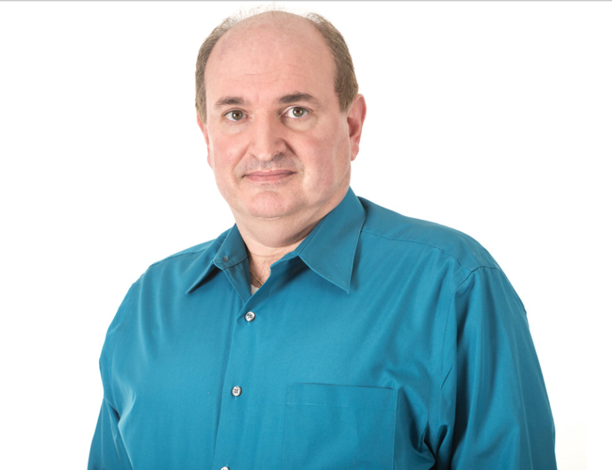
Bob Moser, PE,CSP,RA
Manager of Health & Safety by Design
Jacobs
Safety and Health in Design
Bob’s presentation advocates for a holistic approach to construction design that transcends mere regulatory compliance. Drawing on academic research and principles of prevention, he argues for a “state of mind” that seamlessly integrates safety, health, and environmental considerations throughout an asset’s entire lifecycle. Leveraging multi-disciplinary collaboration and tools like BIM modeling, the presentation offers practical strategies, such as modular design and hazard identification, aimed at prioritizing the well-being of construction workers, end-users, and the environment. These comprehensive design methods serve to foster innovation, minimize risks, and enhance sustainability in construction projects.
Short Bio
Bob Moser is a Manager and Subject Matter Expert (SME) with Jacobs’ People and Places business, one of the largest professional services providers to the electronics, life sciences, and specialized manufacturing markets. Mr. Moser is a chemical engineer with 30 years’ experience in creating and leading environmental, safety and risk control programs and products within the electronics, energy, general manufacturing, chemical, refining, and pharmaceutical industries. His background also includes technical and staff management, consulting, project management, personnel training, and engineering standards development. Whether master planning a new site, modernizing facilities to increase compliance, debottlenecking existing facilities to increase profitability, or troubleshooting a unit operation to solve a technical issue, clients turn to Bob for his technical leadership and proven ability to deliver high-value results.
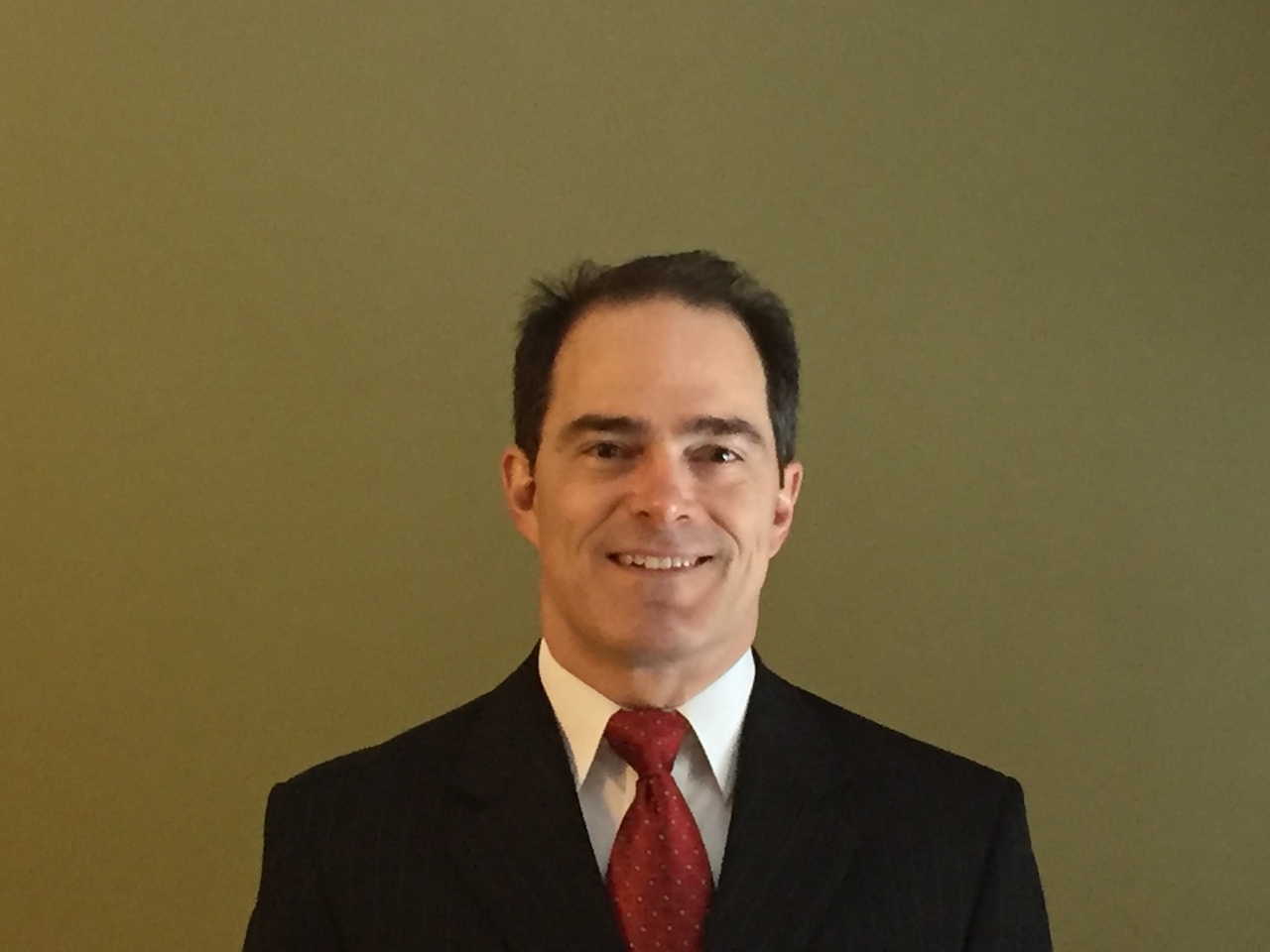
Daniel P. Lavoie, CSP, ARM
Technical Director of Construction & Energy
Risk Control Services
Liberty Mutual Insurance
Short Bio
Mr. Lavoie is currently a Technical Director of Construction & Energy for Risk Control Services at Liberty Mutual Insurance, is a Certified Safety Professional and Associate in Risk Management. After graduating from the University of Lowell (UMASS – Lowell) with a Bachelor of Science in Industrial Technology, he joined Liberty Mutual. Mr. Lavoie is currently responsible for providing safety consulting services to various insured customers and supporting underwriting in evaluating and selecting profitable business. Mr. Lavoie was a key developer of a PtD Toolkit at Liberty Mutual for both customers and internal partners. Mr. Lavoie was a vice-chair of the ASSP A.10.100 – 2018 Technical Report: Prevention through Design – A Life Cycle Approach to Safety & Health in the Construction Industry and continues to be a contributing member of this subcommittee.
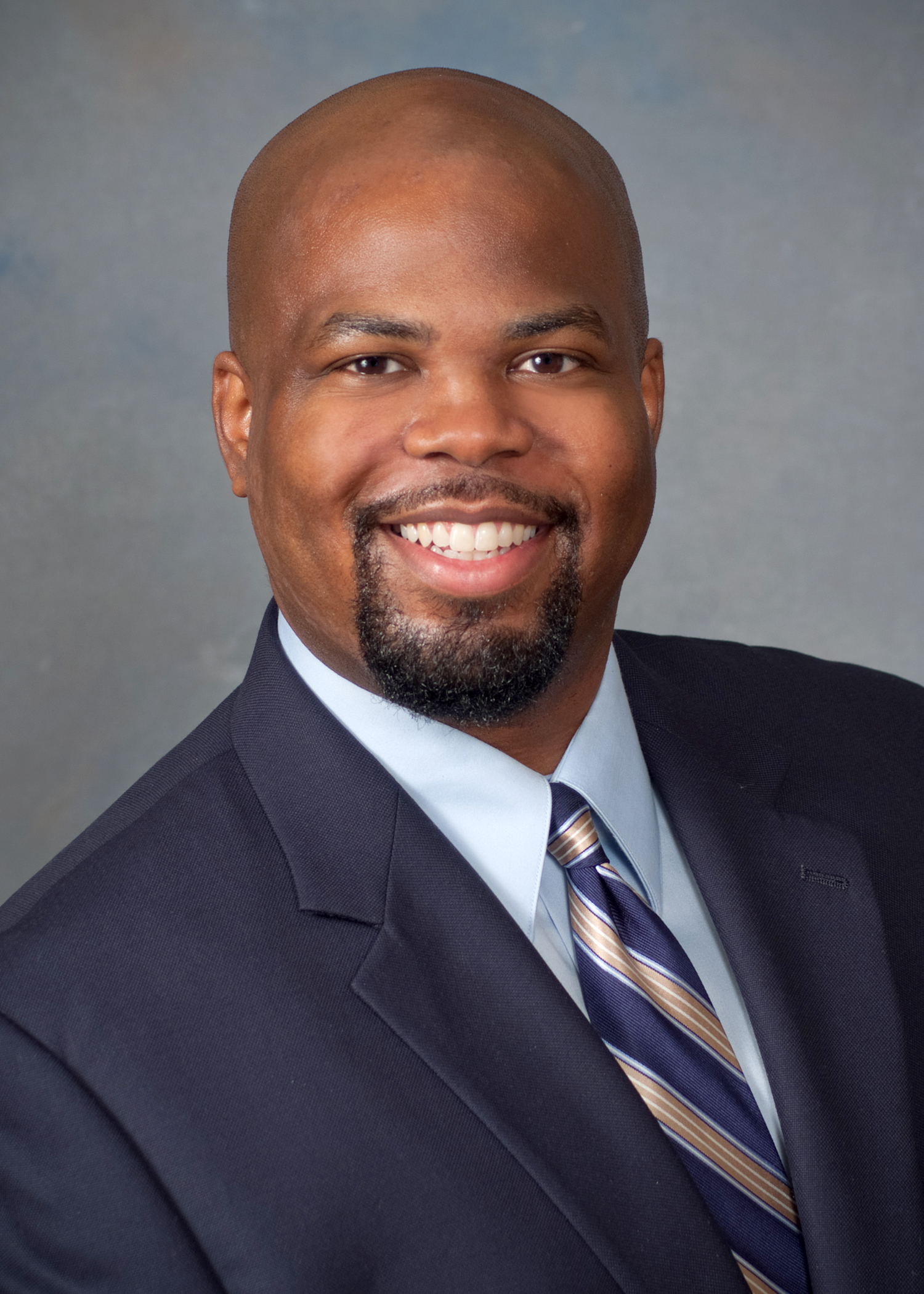
Corey Wallace, PE, SET
Principal Engineer
Southland Industries
Short Bio
Corey Wallace, PE, SET, is the Principal Engineer at Southland Industries, Las Vegas, NV, with over 22 years of expertise in fire protection engineering. A licensed Professional Engineer and contractor in over 20 states, Wallace holds a B.S. in Mechanical Engineering, a Master’s in Engineering Management, and a NICET Level 4 certification in Water-Based Systems Layout. With 16 years at Southland, his experience spans both consulting engineering and design-build contracting across various sectors, including Hotel/Casino, Industrial, Aircraft Hangars, Commercial, Data Centers, Educational, and Residential facilities. His wide-ranging proficiency covers the design and direction of multiple system types such as Wet, Dry, Pre-Action, ESFR, Deluge, Rack Storage, High Expansion Foam, Clean Agents, Water Storage Tanks, Standpipes, Freezer Storage Protection, Clean Room Suppression, Underground Fire Protection Loops, and Plumbing systems, demonstrating his versatility and commitment to innovative fire protection solutions.
Moderators

Dr. Scott Earnest, Ph.D., PE., CSP
Associate Director for Construction
NIOSH
Short Bio

Daniel P. Lavoie, CSP, ARM
Technical Director of Construction & Energy
Risk Control Services
Liberty Mutual Insurance
Short Bio
Mr. Lavoie is currently a Technical Director of Construction & Energy for Risk Control Services at Liberty Mutual Insurance, is a Certified Safety Professional and Associate in Risk Management. After graduating from the University of Lowell (UMASS – Lowell) with a Bachelor of Science in Industrial Technology, he joined Liberty Mutual. Mr. Lavoie is currently responsible for providing safety consulting services to various insured customers and supporting underwriting in evaluating and selecting profitable business. Mr. Lavoie was a key developer of a PtD Toolkit at Liberty Mutual for both customers and internal partners. Mr. Lavoie was a vice-chair of the ASSP A.10.100 – 2018 Technical Report: Prevention through Design – A Life Cycle Approach to Safety & Health in the Construction Industry and continues to be a contributing member of this subcommittee.
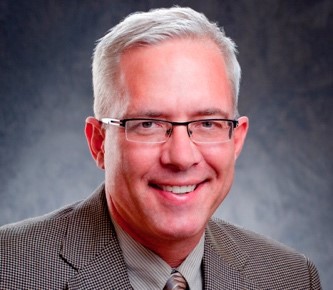
TJ Lyons, OHST, CSP, CRIS
Safety Director NY Construction
Gilbane Building Company
Short Bio
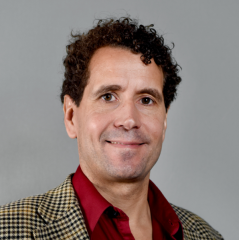
Dr. David Grau, Ph.D., PE
Associate Professor
School of Sustainable Engineering and the Built Environment (SSEBE)
Arizona State University
Short Bio
Agenda
| September 21 | |
| 7:00-8:00 | Check-in |
| Light refreshments, coffee | |
| 8:00-8:10 | Welcome and Introduction |
| Dr. David Grau (Arizona State University) | |
| 8:10-8:40 | NIOSH Prevention through Design (PtD) program |
| Jonathan Bach (NIOSH) |
|
| 8:40-9:00 | Q&A (Moderator: Dr. Scott Earnest) |
| 9:00-9:30 | Central Repository to Monitor the Status of BIM Implementation for OSH |
| Manuel Tender (ISLA/Polytechnic of Porto) | |
| 9:30-9:50 | Q&A (Moderator: Daniel Lavoie) |
| 9:50-10:15 | Networking Break |
| 10:15-11:30 |
Facilitated Breakout (with report outs), Positives and negatives of legislation. |
| 11:30-12:30 | Networking Lunch |
| 12:30-1:00 | Applying PtD Concepts to Industrial Hygiene Hazards |
| Donna S. Heidel (Amazon) | |
| 1:00-1:20 | Safety and Health in Design |
| Bob Moser (Jacobs) | |
| 1:20-2:05 |
Panel – Stakeholder influence on PtD |
|
Moderator: TJ Lyons; Panelists: Donna Heidel (Amazon – owner), Bob Moser (Jacobs – contractor), Corey Wallace (Southland Industries – mechanical contractor), Daniel Lavoie (Liberty Mutual – insurance) |
|
|
|
|
| 2:05-2:15 | Q&A (Moderator: TJ Lyons) |
| 2:15- 3:30 |
Facilitated Breakouts (with report outs), What is holding us back from moving forward, and what we need to move forward (2024 workshop). |
| 3:30-3:50 | Networking Break |
| 3:50 – 4:00 | Summary and Wrapup |
